Subcompact cars have carved out a solid niche in the modern automotive world, offering practical transportation solutions for urban commuters, first-time buyers, and anyone looking to save on fuel without sacrificing reliability. These small cars are designed to be efficient, affordable, and easy to maneuver in crowded city environments.
However, one of the biggest concerns for prospective buyers in this segment is space, particularly how roomy a car feels once you’re inside. And here’s where things get interesting: two vehicles with nearly identical dimensions on paper can feel dramatically different in person.
Automakers use a wide range of tricks to maximize—or sometimes unintentionally minimize—interior space. A car’s roofline, window size, seat placement, interior materials, and even dashboard layout all play a role in how spacious or claustrophobic a cabin feels.
Some subcompacts manage to feel airy and open, using clever engineering and thoughtful design to make the most of every square inch.
Others, despite competitive measurements, end up feeling smaller than they ought to due to tight layouts, intrusive panels, or styling choices that prioritize aesthetics over practicality.
In this article, we’re diving deep into both sides of the spectrum. First, we highlight five subcompact cars that feel much bigger than their exterior size would lead you to believe—cars that surprise and impress with their spacious cabins and versatile cargo areas.
Then, we explore five subcompacts that fall short in delivering the same sense of roominess, even if the numbers look good on a spec sheet. If you’re in the market for a small car that feels right-sized inside, this breakdown will help steer you toward the smartest choice.
Also Read: 5 Cars With Factory Batteries That Last 6+ years and 5 That Don’t Make 3
5 Subcompact Cars That Feel Big Inside

1. Honda Fit
The Honda Fit has long been hailed as a marvel of intelligent design in the subcompact segment. On the outside, it wears the silhouette of a small hatchback—compact, rounded, and seemingly ordinary—but step inside, and the perception shifts dramatically.
Much of this is due to Honda’s “Magic Seat” system, which allows the rear seats to fold in multiple configurations: Utility Mode (folded flat), Tall Mode (seat bottoms up), and Long Mode (front passenger seat folded down).
This system, combined with a low cargo floor and upright seatback angles, makes the Fit the Swiss Army knife of small cars. It offers a level of interior flexibility that rivals even compact crossovers. Whether you’re transporting a bike, a stack of boxes, or even a potted plant, the Fit has you covered.
What also contributes to the Fit’s perceived spaciousness is its highly vertical and squared-off design. Unlike many modern subcompacts that sacrifice headroom for sloped, “sporty” rooflines, the Fit proudly embraces height.
The seating position is relatively upright, which creates a “command seating” effect where drivers feel more elevated and in control, akin to sitting in a small crossover rather than a low-slung hatchback.
The tall windows and slim A-pillars enhance visibility dramatically, reducing blind spots and letting in plenty of natural light. This openness contributes to a psychological sense of freedom in the cabin, an effect often lost in cars of this size.
Even taller drivers—those over six feet—can find a comfortable position in the Fit without their knees brushing against the steering column or their heads grazing the ceiling.
Beyond its structural advantages, the Fit’s interior layout maximizes every millimeter. The dashboard is low, wide, and non-intrusive, helping front passengers feel like they have more legroom than they actually do. Storage cubbies are well-placed, including a cleverly located glovebox and center tray.
The rear seats, once folded, reveal a cargo area that rivals some compact SUVs, not just in volume but also in usable dimensions—flat floor, wide hatch, low loading lip.
While other subcompacts may tout similar specs in cubic footage, few can match how effectively the Fit transforms those numbers into real-world versatility and comfort. For urbanites, small families, or anyone who needs flexibility without size, the Honda Fit is arguably the most spacious-feeling car in the subcompact class.
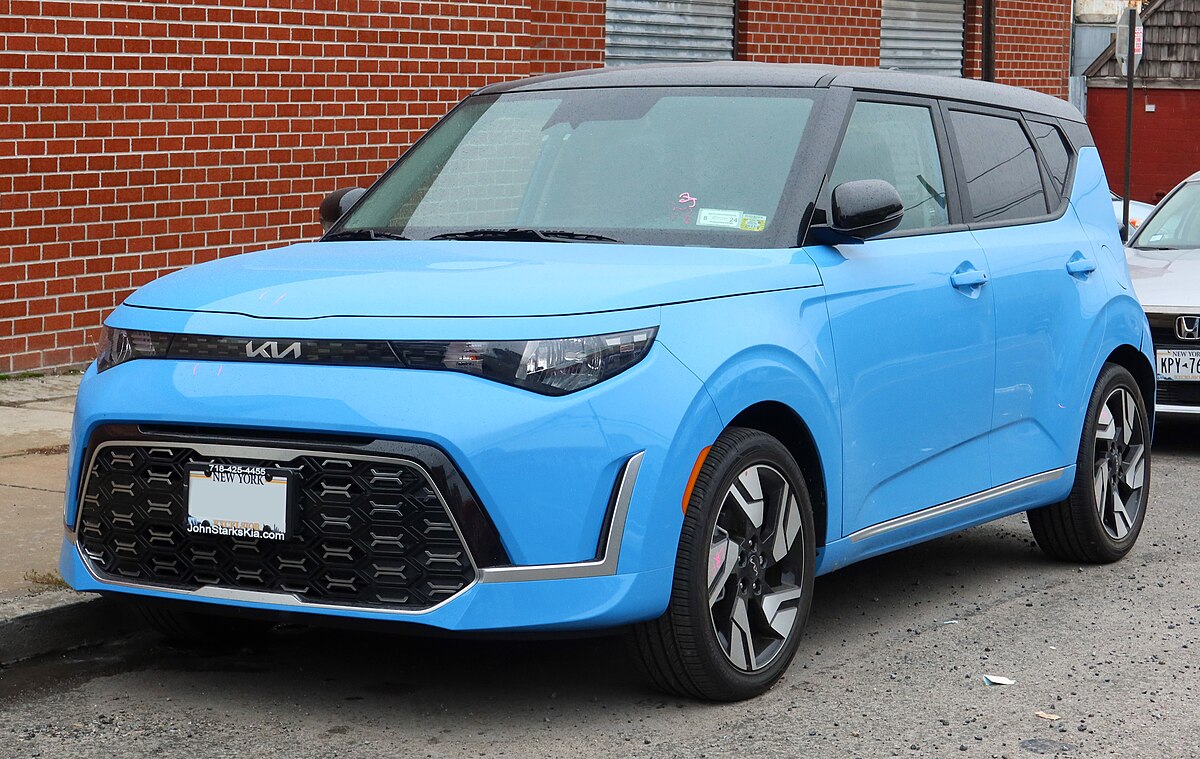
2. Kia Soul
The Kia Soul is something of an oddball in the subcompact world, but that’s part of what makes it feel so spacious.
It doesn’t conform to the norms of swoopy silhouettes and tight rooflines. Instead, it embraces its boxy shape with pride—a design decision that pays massive dividends in interior room.
While technically classified as a subcompact hatchback, the Soul behaves more like a small SUV on the inside. Its upright stance, tall doors, and near-vertical rear end give it an interior volume that feels a class above.
Sit inside, and you’ll notice that headroom is nearly on par with some midsize sedans, and rear-seat legroom is generous enough for adults to ride comfortably on long trips.
One of the key elements that enhances the Soul’s spacious feel is its smartly proportioned cabin layout. Instead of thick, space-eating design flourishes, Kia has opted for slim seatbacks, a minimalist dashboard, and door panels that make room for your knees and arms.
The result is a genuinely airy feel, especially for front passengers. The rear bench is wide and inviting, easily accommodating two adults—or three in a pinch—without the shoulder-to-shoulder squeeze that plagues other cars in this class.
The tall roof also means taller passengers don’t feel constrained, and the wide-opening doors make entry and exit particularly easy for people of all ages.
Cargo space, too, is surprisingly generous. The rear hatch opens high and wide, and the loading floor is adjustable, which allows for either maximum depth or a flat surface when the seats are folded.
With the rear seats down, the cargo area can swallow furniture pieces, weekend gear, or even flat-packed boxes with ease. Beyond the numbers, it’s the usability of the space that makes the Soul such a winner.
You can stack high, slide in long objects, and still maintain enough visibility through the rearview mirror to drive confidently. For drivers who want a subcompact with big-car versatility and real comfort, the Kia Soul punches well above its weight.
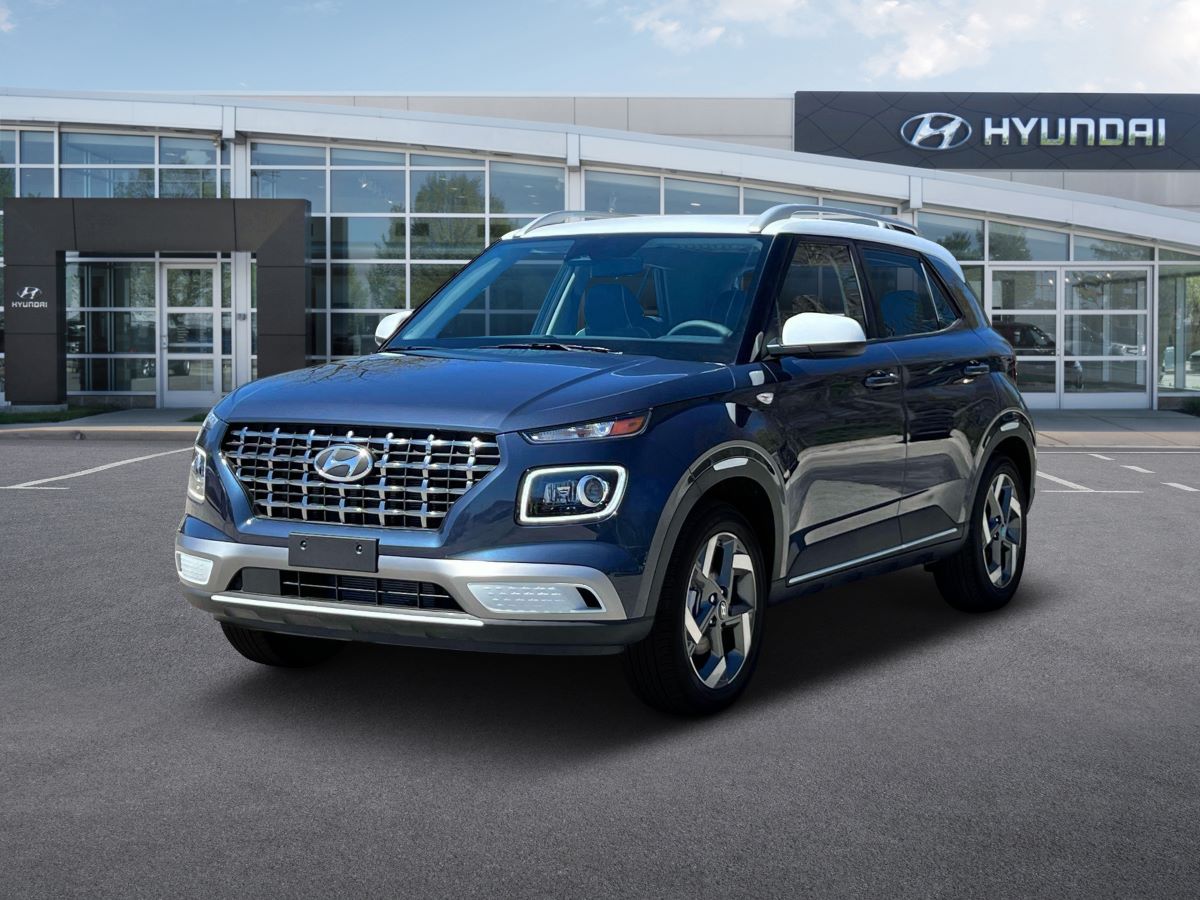
3. Hyundai Venue
At a glance, the Hyundai Venue seems almost toy-like in its small footprint, but step inside and you’re greeted with an interior that feels shockingly generous.
This effect is a direct result of Hyundai’s decision to design the Venue with a tall, boxy profile rather than chasing the sporty, sloped-roof aesthetic.
As a result, the Venue offers unusually ample headroom and visibility for both rows of seating. The windows are large, the pillars are relatively thin, and the seating position is high—key ingredients in making a small car feel larger than its dimensions suggest. It provides an open, airy cabin experience that’s often missing in this segment.
The driver and front passenger benefit from well-padded seats with wide cushions and plenty of space around the elbows and knees. The center console is slim but functional, freeing up additional legroom and reducing the cramped feeling that can often plague smaller vehicles.
What’s particularly impressive is that this sense of spaciousness extends to the rear seats as well. Despite being a small vehicle, the Venue allows two adults to sit comfortably in the back without feeling like they’ve been crammed in as an afterthought. This makes it a legitimate option for small families or friends taking a road trip—not just solo city drivers.
Cargo utility in the Venue is another pleasant surprise. While not the most voluminous in raw numbers, the space is thoughtfully configured. The rear hatch opens wide, and the floor is low and flat, making it easy to load groceries, gear, or suitcases.
Additionally, the Venue benefits from clever storage touches like a dual-level cargo floor, door bins that can accommodate bottles, and a deep center cubby.
These details, while small, add up to an interior that feels smart, functional, and more accommodating than you’d expect from a vehicle of this size. For those who need a practical daily driver that doesn’t feel like a shoebox, the Venue nails the balance between compact agility and interior spaciousness.
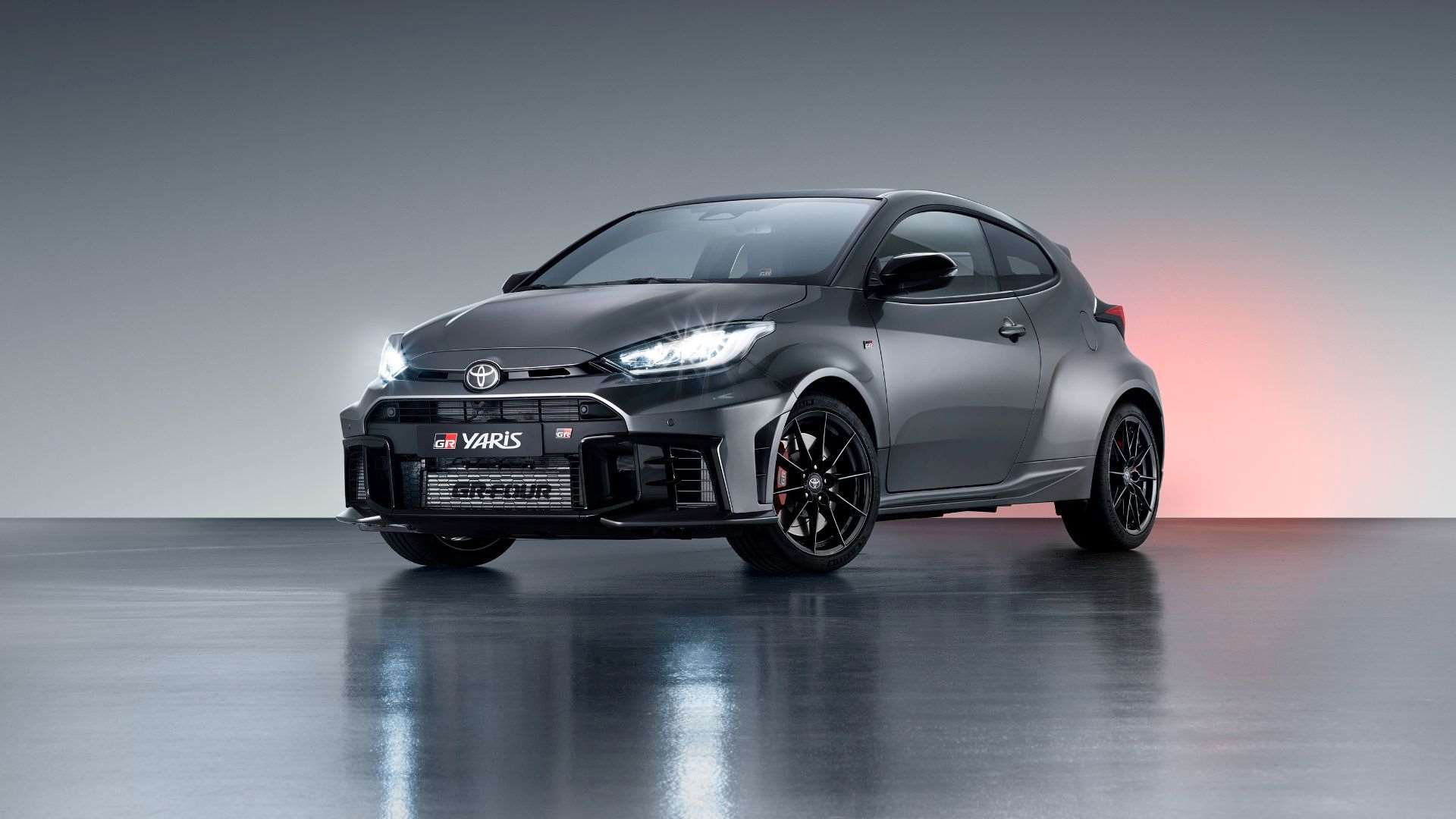
4. Toyota Yaris (Hatchback)
The Toyota Yaris hatchback is a car that doesn’t scream for attention, but it excels in areas that truly matter, particularly when it comes to intelligent use of space. Though discontinued in some markets, it remains an excellent example of how a no-frills design can deliver surprising comfort and roominess.
From the outside, the Yaris looks modest in scale, but Toyota’s interior engineers have worked wonders with the layout. Slim seatbacks, an open dashboard, and upright seating give it an interior footprint that feels broader than its spec sheet indicates.
The flat floor in the rear passenger area makes a noticeable difference in foot comfort, especially for adults sitting in the back.
The dashboard is simple but effective. Toyota didn’t overengineer the layout, which means no overly bulky infotainment stack or oversized climate controls taking up precious space. Instead, everything is streamlined and clean.
This results in more usable room in the front cabin area, particularly around the knees and elbows. Visibility is another area where the Yaris shines.
The thin A-pillars, low dashboard, and wide front windshield contribute to a panoramic view of the road, which not only makes the space feel bigger but also adds to driving confidence. This is crucial for a subcompact that may often be piloted through dense city traffic.
Rear-seat comfort is surprisingly acceptable for a car this size. While not limo-like by any stretch, the rear seats are positioned in such a way that most adults can sit upright without their knees wedged into the seatbacks in front of them.
The hatchback configuration further improves functionality. With the rear seats folded, the cargo area becomes flat and usable, great for transporting shopping hauls, light furniture, or sports gear.
And because of its unpretentious design, you don’t have to battle with weird curves or intrusions when trying to maximize that space. For buyers who appreciate smart simplicity and practical comfort, the Yaris hatchback offers a deceptively roomy cabin wrapped in a truly compact footprint.
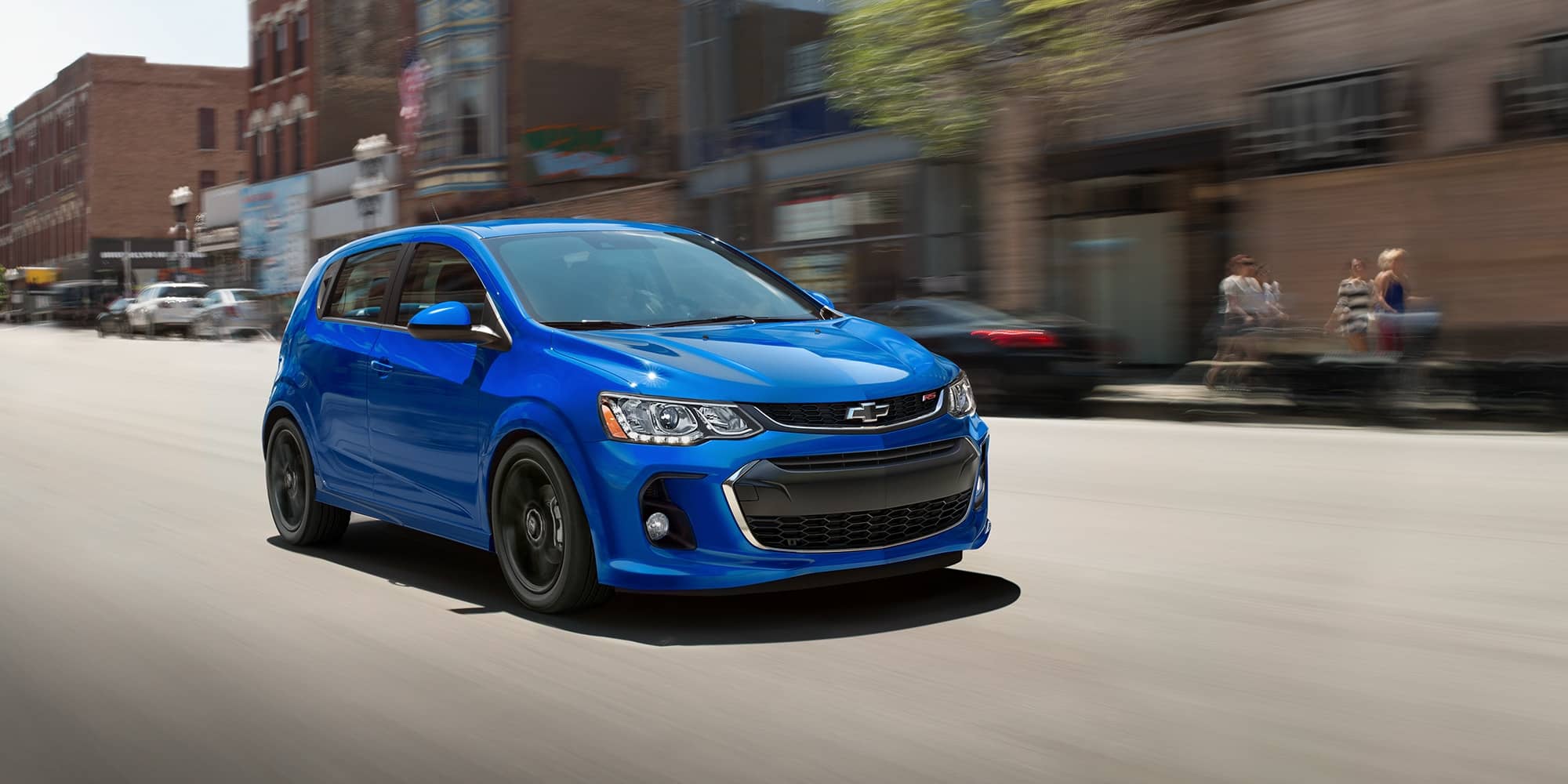
5. Chevrolet Sonic
The Chevrolet Sonic is one of those cars that doesn’t receive much fanfare but quietly delivers where it counts, particularly in interior spaciousness.
While other subcompacts may boast trendy curves or oversized touchscreens, the Sonic focuses on providing genuine comfort for both driver and passengers.
The seats are generously cushioned, the doors are wide, and the headroom feels surprisingly generous, especially in the hatchback version.
Even taller drivers will find the front seats accommodating, with plenty of fore-aft adjustment and a tilting steering wheel that allows for a relaxed driving position. The Sonic’s cabin manages to feel solid and substantial, not tinny or toy-like as is sometimes the case in this class.
In the rear, the Sonic continues to impress. The roofline doesn’t taper aggressively, which means rear passengers don’t suffer the usual fate of ducking their heads or contorting their legs. There’s enough shoulder and legroom to comfortably seat two adults for moderate-length drives, or three children with ease.
The wide rear bench and flat floor further help reduce the feeling of confinement. It’s a well-balanced rear seating area that actually feels thought-out rather than squeezed in as an afterthought. That alone puts the Sonic ahead of several competitors that sacrifice rear passenger comfort for the sake of aesthetics.
Cargo space is equally competent, particularly in the hatchback. With the rear seats up, the cargo area is deep and tall enough for daily needs.
Fold those seats down, and the resulting space is wide, flat, and surprisingly accommodating. You won’t be moving a sofa, but weekend camping trips, grocery runs, or musical gear won’t pose a problem.
Interior materials are simple but functional, and controls are intuitive—another aspect that contributes to a spacious feeling by reducing visual clutter. In the end, the Chevrolet Sonic doesn’t try to be flashy. Instead, it quietly delivers on comfort, space, and usability in a way that makes it feel more like a compact than a subcompact.
5 Subcompact Cars That Feel Smaller Than Specs
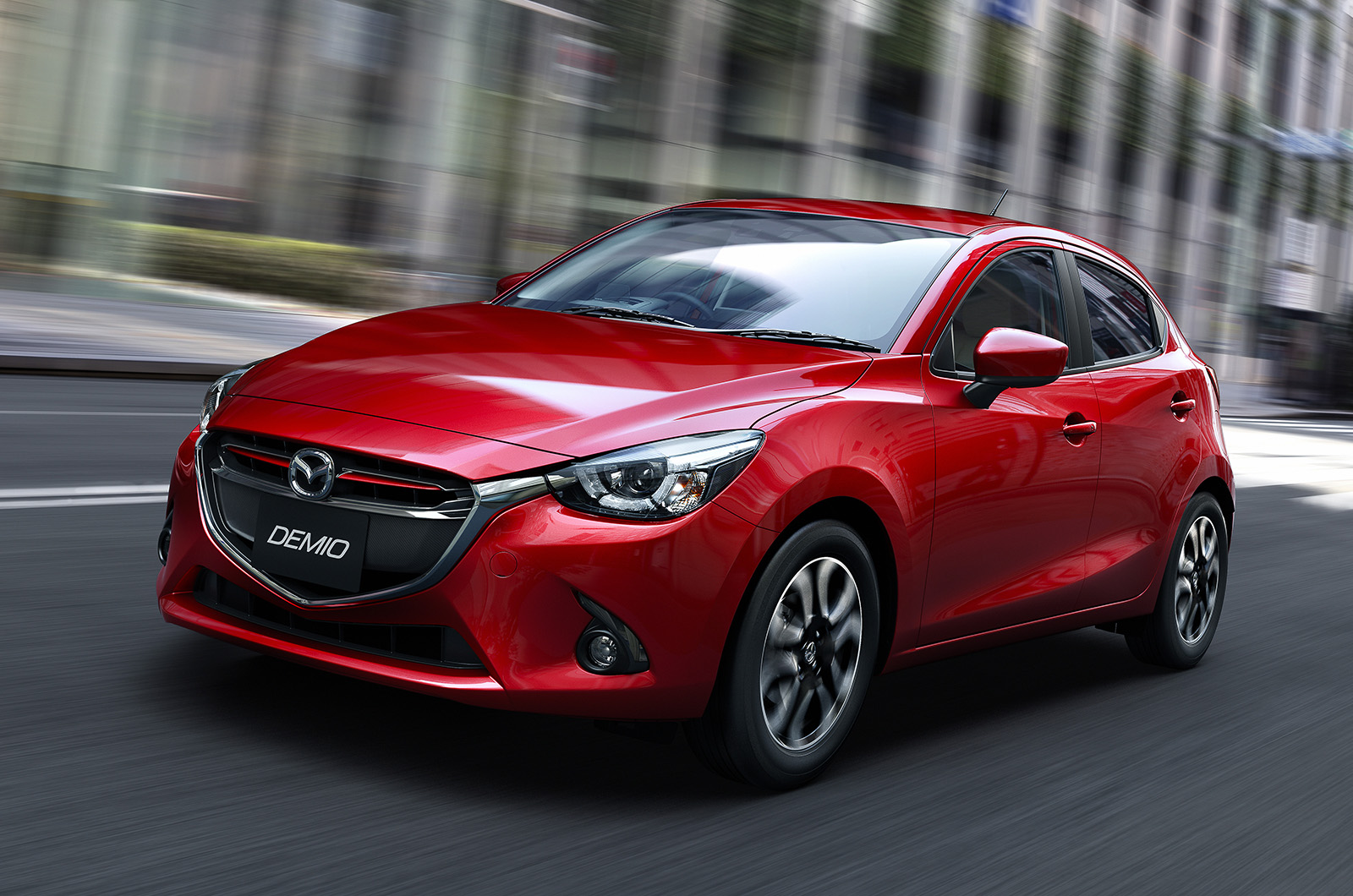
6. Mazda2
At first glance, the Mazda2 presents itself as a sharp and agile urban runabout. Its sporty exterior and nimble handling make it a favorite among driving enthusiasts who want compact performance without moving into the hot hatch price bracket.
However, while the exterior and dynamics win praise, the interior layout tells a different story. Despite what the spec sheet says about decent headroom and acceptable legroom, stepping inside the Mazda2 reveals a cabin that feels more cramped than its measurements suggest.
The front cabin feels narrow, and the thick door panels encroach on elbow space, especially noticeable for taller or broader drivers.
The rear seats further emphasize this lack of spatial generosity. Although Mazda lists similar interior dimensions to competitors, the rear bench is not particularly accommodating. Legroom is tight, especially behind a tall driver, and headroom is reduced due to the car’s low-slung, sloped roofline.
Getting in and out of the back requires some maneuvering, and passengers will often feel enclosed by the rising beltline and thick rear pillars.
The windows in the rear are small, adding to a claustrophobic feel. Rear visibility is also compromised by these same design choices, making the car feel less user-friendly for anyone not sitting in the front.
Beyond the seating, the Mazda2 also falters in cargo practicality. The trunk, while acceptable in terms of raw capacity, has a narrow opening that restricts what can be loaded. The rear seats do fold, but not completely flat, which limits how useful the space becomes when transporting larger items.
Storage spaces in the cabin—like door pockets and center console compartments—are minimal and shallow. In practice, the interior of the Mazda2 prioritizes driving engagement over day-to-day usability.
If your main interest is performance and city agility, the Mazda2 shines. But if you’re seeking interior spaciousness, it doesn’t quite live up to the numbers.
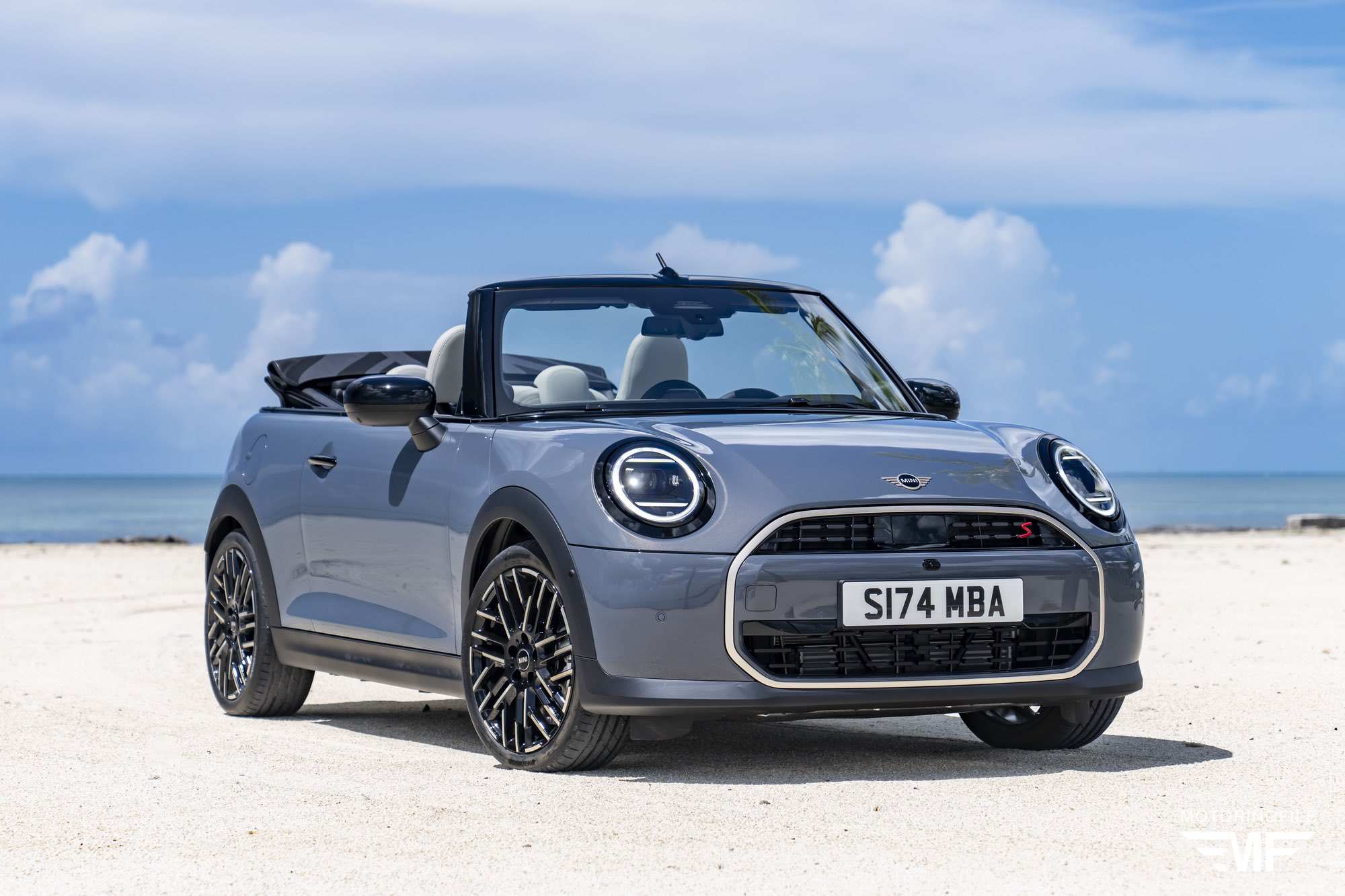
7. Mini Cooper
The Mini Cooper 3-Door is a masterclass in branding and design. Its iconic exterior, peppy turbocharged engines, and high-end finishes give it a premium feel that few subcompacts can match. But once you get inside, the charm starts to give way to spatial realities.
While the front cabin does a respectable job of offering driver comfort, the entire interior layout leans heavily on style rather than space.
The high-mounted, circular infotainment system, large climate dials, and broad dashboard take up valuable real estate, reducing the sense of openness. The windshield is steeply raked, and the thick A-pillars further compress the front seating experience.
The back seats, meanwhile, are a known pain point in the Mini 3-Door. They exist more for formality than function. Technically, there are seatbelts and cushions, but getting into the rear is a challenge, and staying there for more than a short drive is taxing.
Legroom is minimal unless the front passengers scoot their seats forward significantly, and the low roofline forces taller passengers to either slump or risk brushing their heads on the ceiling.
These limitations make the Mini 3-Door more of a 2+2 configuration than a full four-seater in practical terms. Rear headroom and visibility are also sacrificed in favor of design, making the back feel dark and closed in.
Cargo capacity doesn’t help the Mini’s case. With the rear seats in use, the available trunk space is very limited—barely enough for a few shopping bags. While folding the rear seats expands the area, the resulting load space is shallow and oddly shaped.
The liftgate opening is narrow, and the cargo floor isn’t flat, which limits flexibility. In essence, the Mini Cooper 3-Door is a car for those who want a stylish, agile urban cruiser with a boutique interior. It succeeds on those fronts but comes up short in delivering the kind of spaciousness its exterior and premium price tag might suggest.
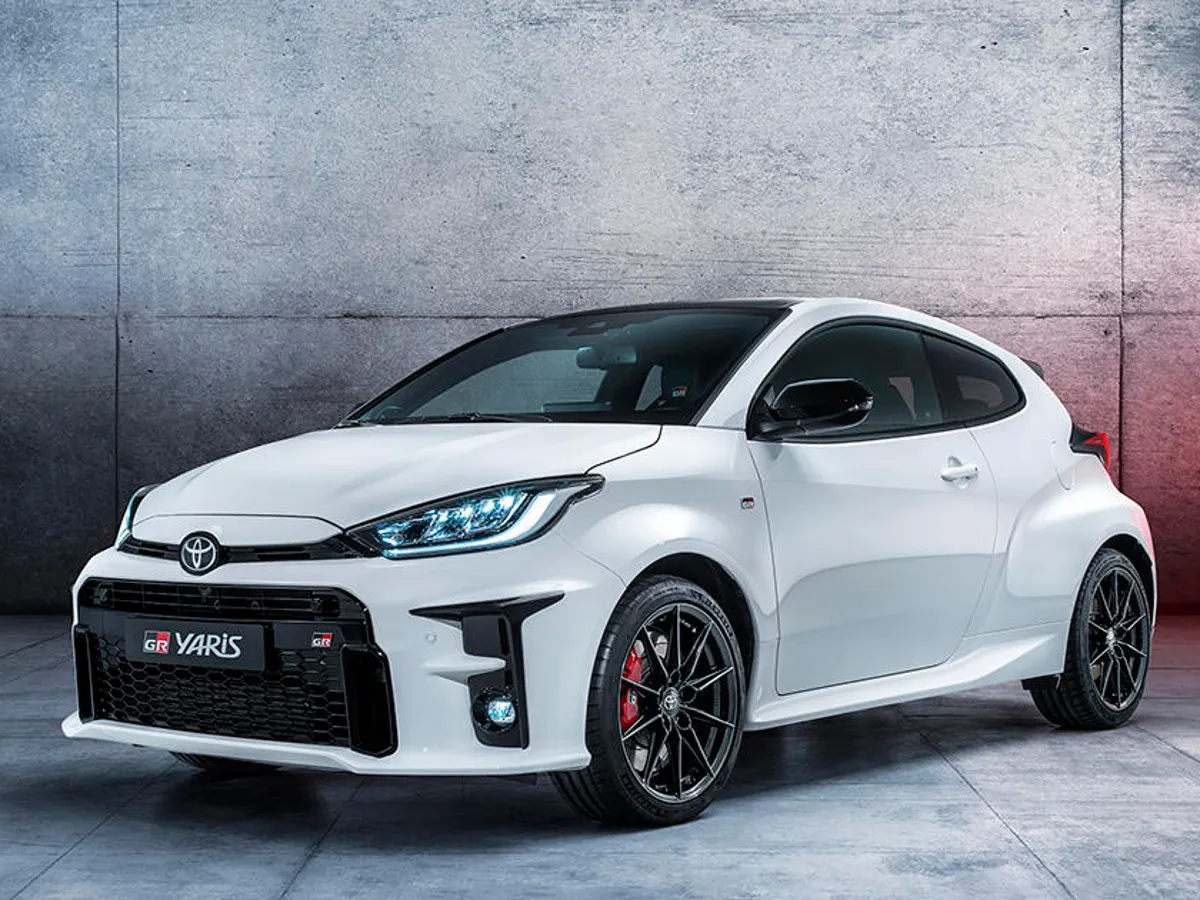
8. Toyota GR Yaris
The Toyota GR Yaris is built for thrill-seekers. Designed as a homologation special for rally competition, it’s a radically different beast compared to the standard Yaris. Turbocharged, all-wheel drive, and aggressively styled, it’s a purpose-built machine aimed at performance enthusiasts.
That focus on performance, however, comes at a steep cost in interior space. From the outside, it already appears more squat and muscular than its conventional sibling, and inside, the design choices are clearly dictated by dynamics rather than comfort.
Deep sport seats and a thick center tunnel dominate the front cabin, pushing passengers closer together and limiting shoulder room.
The driving position is low and bolstered tightly, which enhances the feeling of being in a racecar but also makes the car feel smaller. Taller drivers may find themselves adjusting multiple times to get the right angle—especially since headroom is limited by the low, sloped roofline.
The dashboard is bulky and leans heavily toward the driver, again adding to the cockpit-like feel but sacrificing perceived spaciousness.
Side windows are smaller than average, and the dark interior color palette further compounds the feeling of tightness. It’s exhilarating to drive, but not the kind of car you look forward to lounging in while stuck in traffic.
Rear-seat usability is also severely limited. Legroom is extremely tight, and headroom is almost non-existent for adults. Entry and exit are a chore, as the GR Yaris only has two doors, and squeezing into the back requires a gymnast’s flexibility. Toyota clearly didn’t expect anyone to spend significant time back there.
As for the cargo area, it’s shallow and oddly shaped due to the vehicle’s all-wheel-drive components and reinforced chassis. This means it can’t offer the everyday practicality that even some smaller hatchbacks manage.
Simply put, the GR Yaris is a car you buy with your heart, not your tape measure. If space matters, you’ll need to look elsewhere.
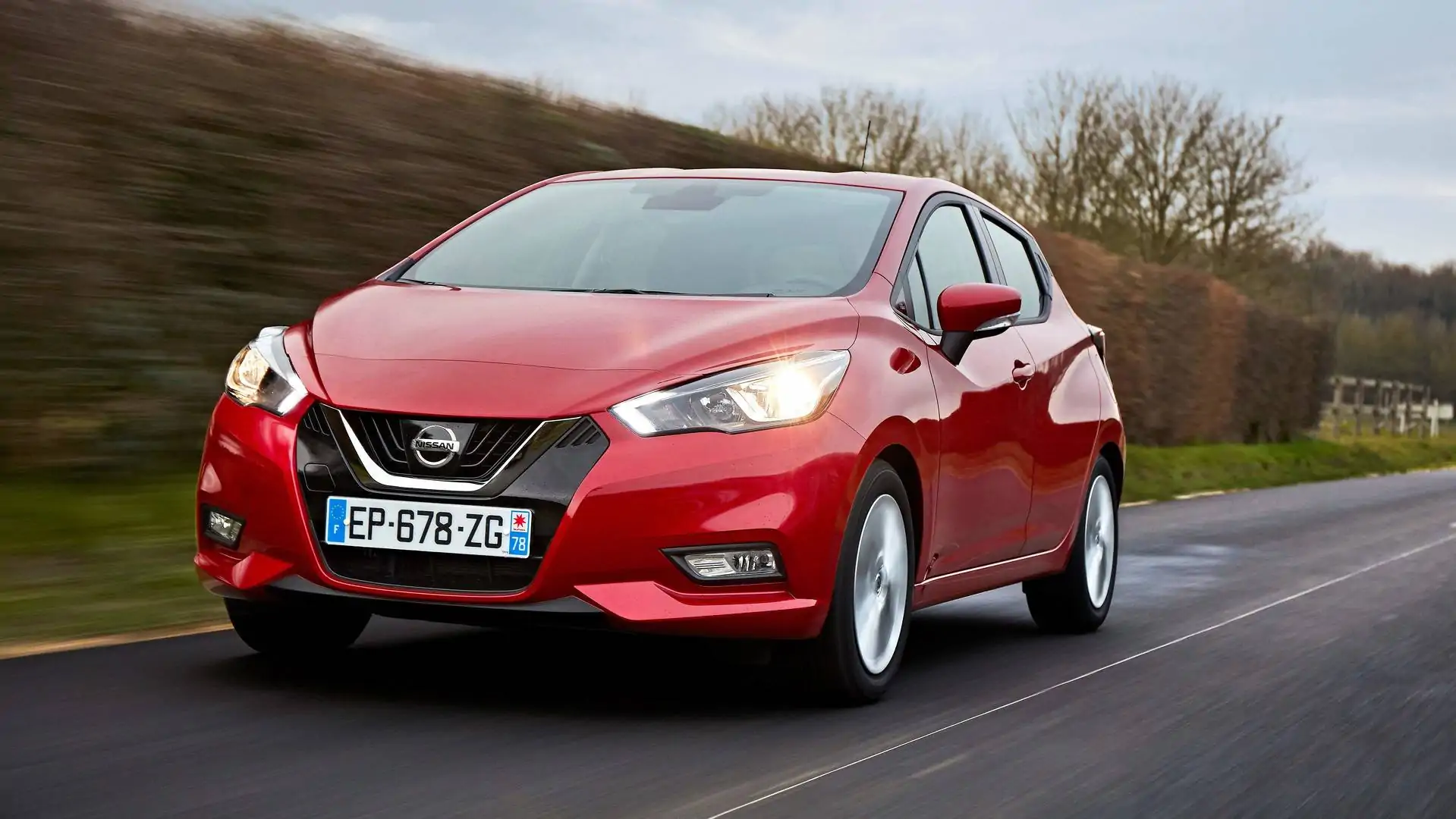
9. Nissan Micra
The Nissan Micra was introduced as a budget-friendly entry into the subcompact segment, and while its pricing is competitive, the cabin experience leaves much to be desired. On paper, the Micra offers adequate dimensions—legroom, headroom, and shoulder space that seem competitive with its peers.
However, once inside, it becomes apparent that the design is outdated and inefficient in how it uses that space. The dashboard is thick and chunky, protruding into the front passenger area and making the space feel smaller than it should. There’s very little clever packaging or storage innovation—just a lot of plastic and wasted opportunity.
The rear seats continue this theme of underwhelming design. The seating area is narrow, with a steeply angled backrest that makes longer rides uncomfortable. Even smaller adults will find their knees pushed up against the front seatbacks, and the flat bench doesn’t offer any lateral support.
To make matters worse, the rear headrests are often fixed or barely adjustable, which compromises posture and adds to passenger fatigue. Windows are small and placed high on the door, limiting visibility and creating a bunker-like feel in the back. Even in bright daylight, the rear cabin feels shadowy and constricted.
Cargo flexibility is also compromised. The trunk is shallow, and while the rear seats fold down, they do so without creating a flat load floor. This makes it difficult to store larger or longer items. The liftgate itself opens to a relatively high cargo lip, requiring extra effort to load and unload.
Combined with low-quality materials and limited amenities, the Micra’s cabin feels several generations behind more refined subcompacts. It may be mechanically dependable and easy to park, but it lacks the thoughtful design that makes other small cars feel larger than they are. If comfort and cabin feel are high priorities, the Micra will disappoint.
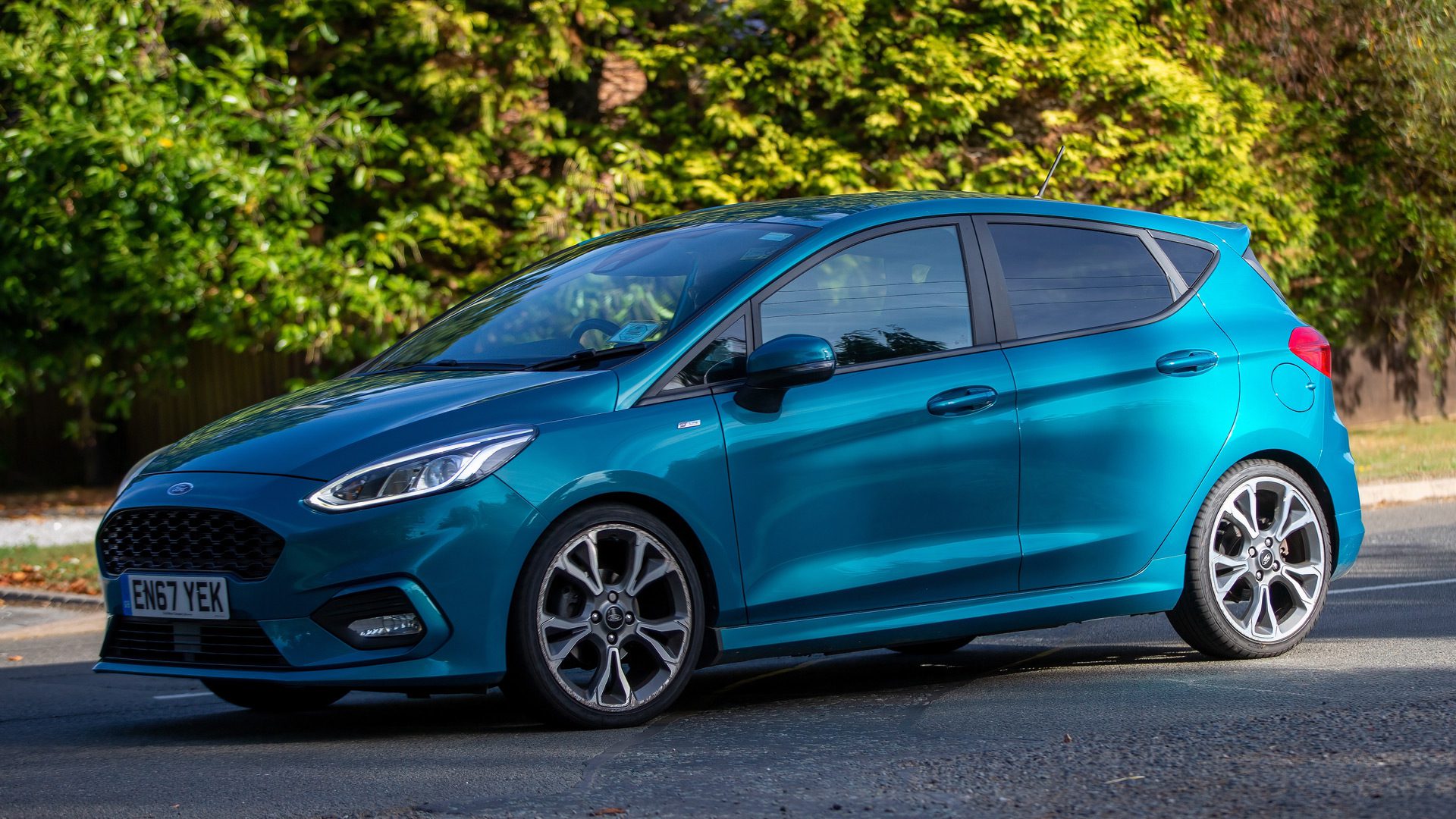
10. Ford Fiesta Hatchback
The Ford Fiesta, particularly in its hatchback form, offers an attractive package of sporty design and refined handling. It carries a certain European flair that distinguishes it from many of its peers. That said, the interior space is not one of its strong points.
While the front seats offer decent accommodations for the driver and front passenger, the cabin feels narrow and compact.
The center console intrudes significantly into the leg space, especially for the front passenger, and the tall dashboard adds to a cocooned feeling. Add in thick pillars and a rising beltline, and the cabin can feel darker and more confined than competitors.
In the back, space is even more limited. Legroom is minimal, and the sculpted front seats don’t leave much room for rear passenger knees.
The rear bench is narrow and better suited for two small passengers than three. Furthermore, the sloping roofline reduces rear headroom, making it uncomfortable for taller passengers.
Visibility from the back seat is also hampered by small side windows and thick C-pillars, which diminish the sense of space. Rear-seat riders often report feeling cramped and closed in, which is a stark contrast to the relatively refined ride quality the Fiesta offers on the road.
Cargo space is functional but not exceptional. With the seats up, the hatch area is small and shallow. Folding the seats helps, but they don’t lie flat, and the resulting space is awkwardly shaped, limiting its utility.
The high loading floor adds another obstacle for those needing to carry bulkier items. Despite its strengths in handling and aesthetics, the Fiesta falls short in delivering everyday practicality.
The cabin’s tight proportions, especially in the rear, make it more suitable for singles or couples than small families or passengers needing regular back-seat access.
While Ford did an excellent job tuning the Fiesta’s suspension and steering for an engaging drive, those benefits can’t compensate for the lack of perceived space once you’re inside.
In essence, it’s a car that prioritizes the driving experience over passenger comfort or cargo flexibility. For buyers looking for a subcompact that feels airy and versatile, the Fiesta hatchback may end up feeling more confining than its numbers on paper would imply.
Also Read: 5 Cars That Feel Planted At 80 MPH And 5 That Float Or Wobble
When it comes to subcompact cars, space isn’t always about numbers—it’s about experience. Two vehicles with nearly identical wheelbases and interior volumes can feel wildly different depending on how that space is used.
Clever design choices—like upright seating positions, boxy rooflines, and minimalistic dashboards—can make a small car feel airy, open, and incredibly practical.
On the flip side, thick pillars, cramped layouts, and stylistic compromises can make even a well-sized cabin feel tight and uncomfortable. That’s why relying solely on technical specs can be misleading when shopping for a small car.
The five subcompacts that feel big inside—like the Honda Fit, Kia Soul, and Hyundai Venue—prove that smart packaging can make a world of difference.
These models use their interiors to the fullest, with thoughtful layouts that provide impressive comfort, cargo space, and real-world usability. They defy expectations, offering drivers and passengers a comfortable experience that rivals cars from the next size class up.
Conversely, the five that feel smaller than their specs—such as the Mazda2, Mini Cooper 3-Door, and GR Yaris—remind us that not every subcompact is created with spaciousness in mind.
Whether due to performance ambitions, aesthetic focus, or outdated design, these cars fall short of delivering the comfort and openness their dimensions promise.
In the end, the best way to find the right subcompact for you isn’t just to read brochures or look at measurements—it’s to sit in the car, feel the cabin, and decide if it fits your needs in real life. Because in the world of subcompacts, feeling big inside makes all the difference.

